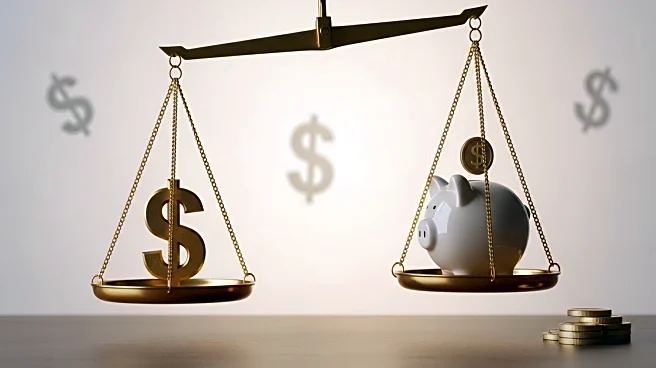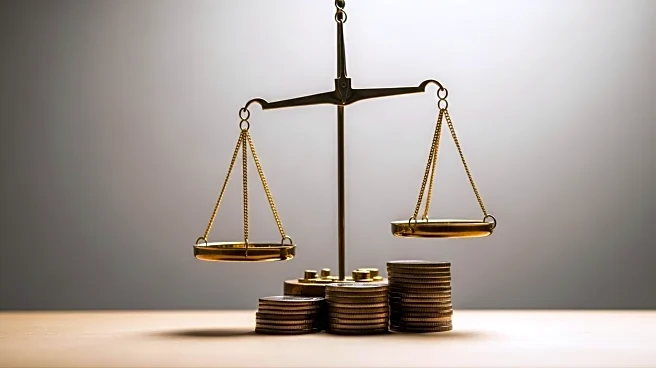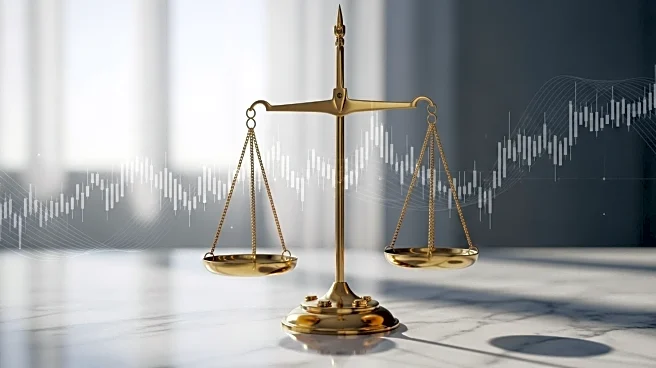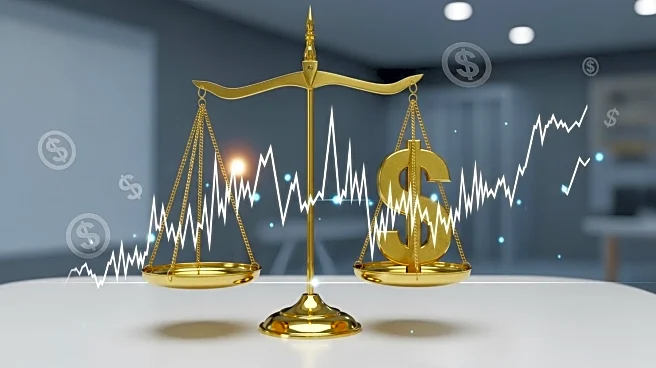What's Happening?
The Federal Reserve has reduced interest rates for the first time this year, offering relief to consumers facing high borrowing costs on credit cards and other loans. This move aims to alleviate financial pressure on individuals struggling with debt payments. Experts suggest that understanding the behaviors leading to debt, often linked to emotional spending, is crucial for breaking the cycle. Jack Howard from Ally Bank emphasizes the importance of recognizing spending patterns tied to scarcity or abundance. Consumers are advised to assess their debt and interest rates, and adopt strategies to manage their finances effectively.
Why It's Important?
The rate cut by the Federal Reserve is significant as it directly impacts borrowing costs, potentially easing financial strain for many Americans. Lower interest rates can help consumers reduce their debt faster, especially for those with high credit card balances. This development is crucial for the economy, as consumer spending is a major driver of economic growth. By reducing debt burdens, individuals may have more disposable income, which can stimulate economic activity. However, the challenge remains for consumers to manage their finances wisely to avoid falling back into debt.
What's Next?
Consumers are encouraged to create budgets, track expenses, and cut unnecessary costs to free up cash for debt repayment. Negotiating lower interest rates with credit card companies and considering balance transfers with introductory 0% APR offers are recommended strategies. Building emergency cash reserves is also advised to prevent reliance on credit cards for unexpected expenses. These steps can help individuals manage their debt more effectively and improve their financial health in the long term.
Beyond the Headlines
The Federal Reserve's decision to cut interest rates may have broader implications for the U.S. economy, including potential impacts on inflation and investment. While lower rates can boost consumer spending, they may also affect savings rates and returns on investments. Additionally, the move reflects ongoing concerns about economic stability and growth, highlighting the delicate balance policymakers must maintain between stimulating the economy and controlling inflation.











